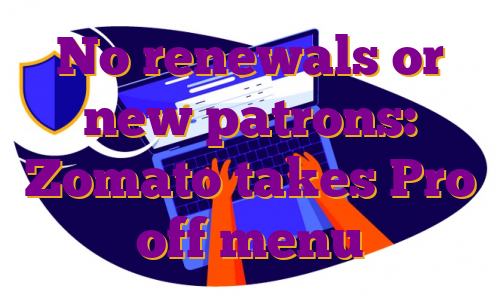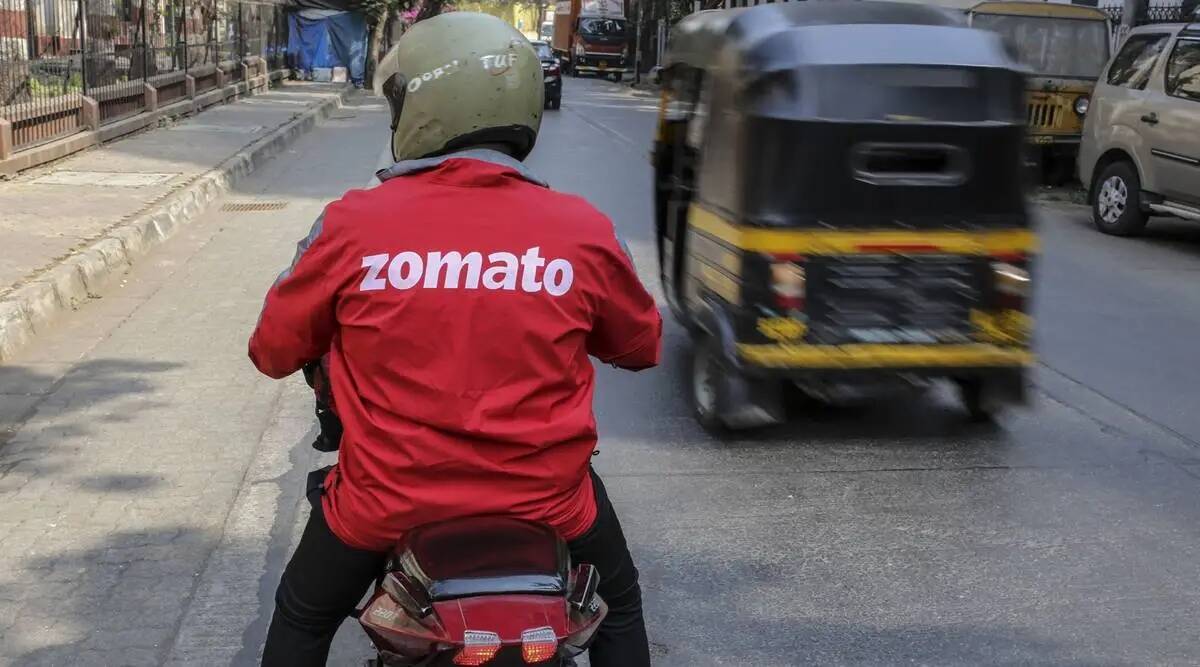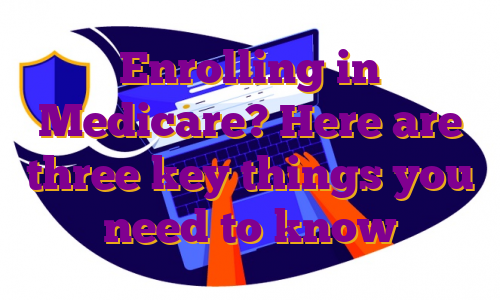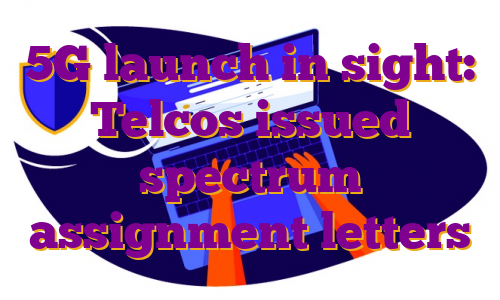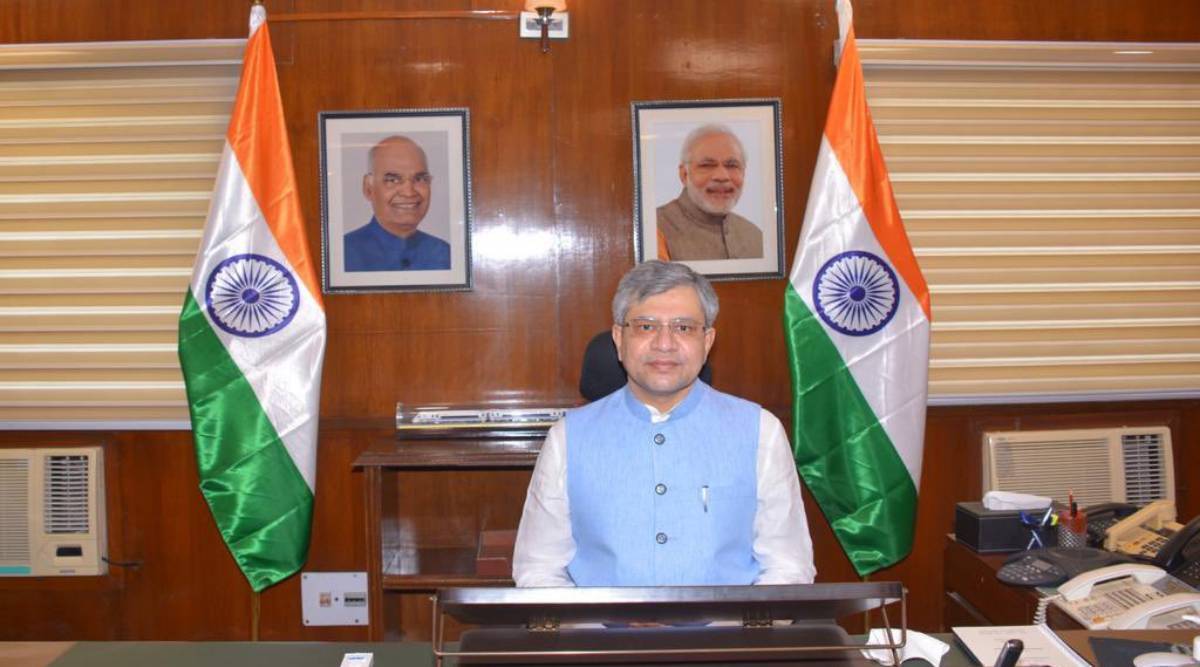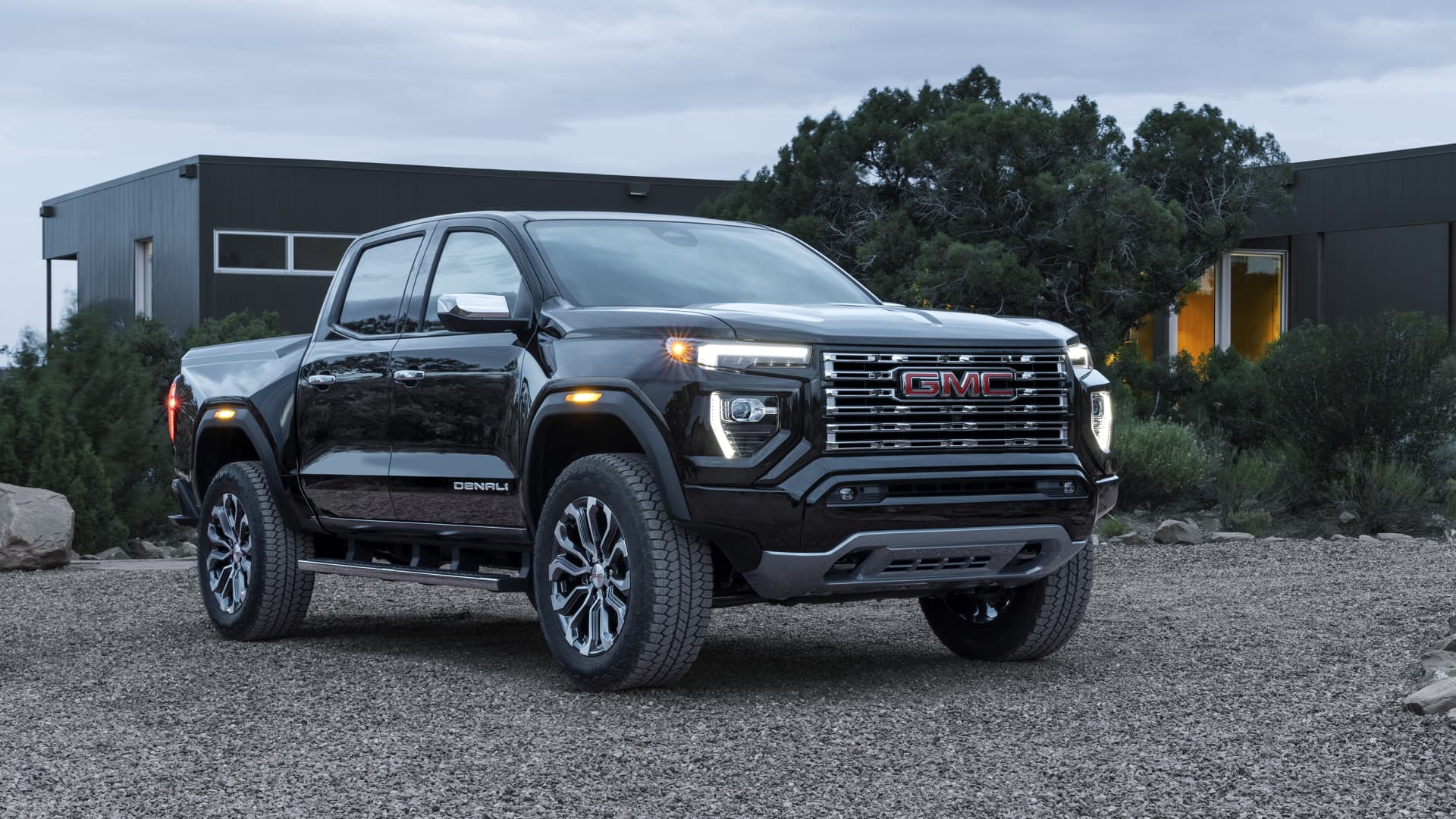Food tech platform Zomato is recalibrating its loyalty programs, and has closed new sign ups and renewals for its flagship program Zomato Pro, The Indian Express has learnt. The company had already shut down the more premium iteration Zomato Pro Plus earlier, and revised the terms of its co-branded credit card with RBL Bank.
The Gurgaon-based company launched Zomato Pro in 2020 and Zomato Pro Plus in 2021. The Zomato Pro program replaced the Zomato Gold membership offering. Pro members get discounts while ordering food online from or dining out at partner restaurants.
In a message to users trying to renew their expired Pro membership, Zomato says: “Thank you for being a part of the Zomato Pro program. The membership is unavailable for renewal as we are working on a new and better experience for you. We request you to check the Zomato app to stay updated on the latest offerings.”
Confirming the development in response to queries sent by The Indian Express, a Zomato spokesperson said: “While Zomato Pro and Pro Plus have been loved tremendously by our customers and merchants, we want it to be even more beneficial, especially for the most engaged customers and merchant partners.”
“We are taking feedback and working closely with our customers and restaurant partners to craft a new program. Meanwhile, we are not onboarding new members and merchant partners to Zomato Pro and Zomato Pro Plus. While active members can continue to get their benefits as promised, they will not be able to extend/renew their memberships once their membership tenure expires,” the spokesperson added.
In a separate message to the users of Zomato’s co-branded credit card, RBL Bank and the food tech platform said that September 20 onwards, it was capping the cashback from orders placed on the app using the co-branded credit card to 500 Edition Cash a day (1 Edition Cash is redeemable as Re 1 for subsequent Zomato orders).
Zomato offers 5 per cent cash back on spends done on its app. Under the new conditions, the company has also added spends done on the Blinkit app to the cashback scheme. Zomato recently acquired quick-commerce platform Blinkit, formerly known as Grofers.
ExplainedEye on newer use casesThe decision to pause onboarding of new members as well as to renew the membership of existing ones on Zomato Pro comes amid the company’s strategy of introducing newer use cases, focused more on dining out. These plans are unfolding as Zomato attempts to further narrow its losses.
These recent decisions are in line with Zomato’s new strategy of looking beyond loyalty programs to drive customer frequency. In its earnings call for the April-June quarter earlier this month, Zomato’s chief financial officer Akshant Goyal said, “I think if you have to go from where we are today and meaningfully increase customer frequency, we will have to look beyond these loyalty programs and look at introducing newer use cases, which perhaps leads to a lot of the current offline spend on restaurant food moving on to our platform.”
The company reported a consolidated net loss of Rs 186 crore for the three-month period ended June, compared with Rs 359.70 crore in the March quarter and Rs 360.70 crore in the quarter ended June 30, 2021. This, even as its topline grew to Rs 1,413.90 crore in April-June this year, against Rs 844.40 crore in the same period last year.
The company said food delivery business grew 15 per cent sequentially and saw a break-even in adjusted EBITDA (earnings before interest, taxes, depreciation and amortisation) — a measure of its operating margins.
Newsletter | Click to get the day’s best explainers in your inbox
Zomato’s chief rival in the food tech space Swiggy too runs its loyalty program Swiggy One, which was launched in November last year.
Swiggy operates this program as a common membership for the bouquet of services it provides, including food delivery, quick-commerce and local door-to-door package delivery.
The Swiggy One program offers the app’s users unlimited free deliveries from select restaurants and unlimited free delivery from Instamart on orders greater than Rs 99 in value, in addition to other discounts and no surge fees.
!function(f,b,e,v,n,t,s)
{if(f.fbq)return;n=f.fbq=function(){n.callMethod?
n.callMethod.apply(n,arguments):n.queue.push(arguments)};
if(!f._fbq)f._fbq=n;n.push=n;n.loaded=!0;n.version=’2.0′;
n.queue=[];t=b.createElement(e);t.async=!0;
t.src=v;s=b.getElementsByTagName(e)[0];
s.parentNode.insertBefore(t,s)}(window, document,’script’,
‘https://connect.facebook.net/en_US/fbevents.js’);
fbq(‘init’, ‘444470064056909’);
fbq(‘track’, ‘PageView’);
.

